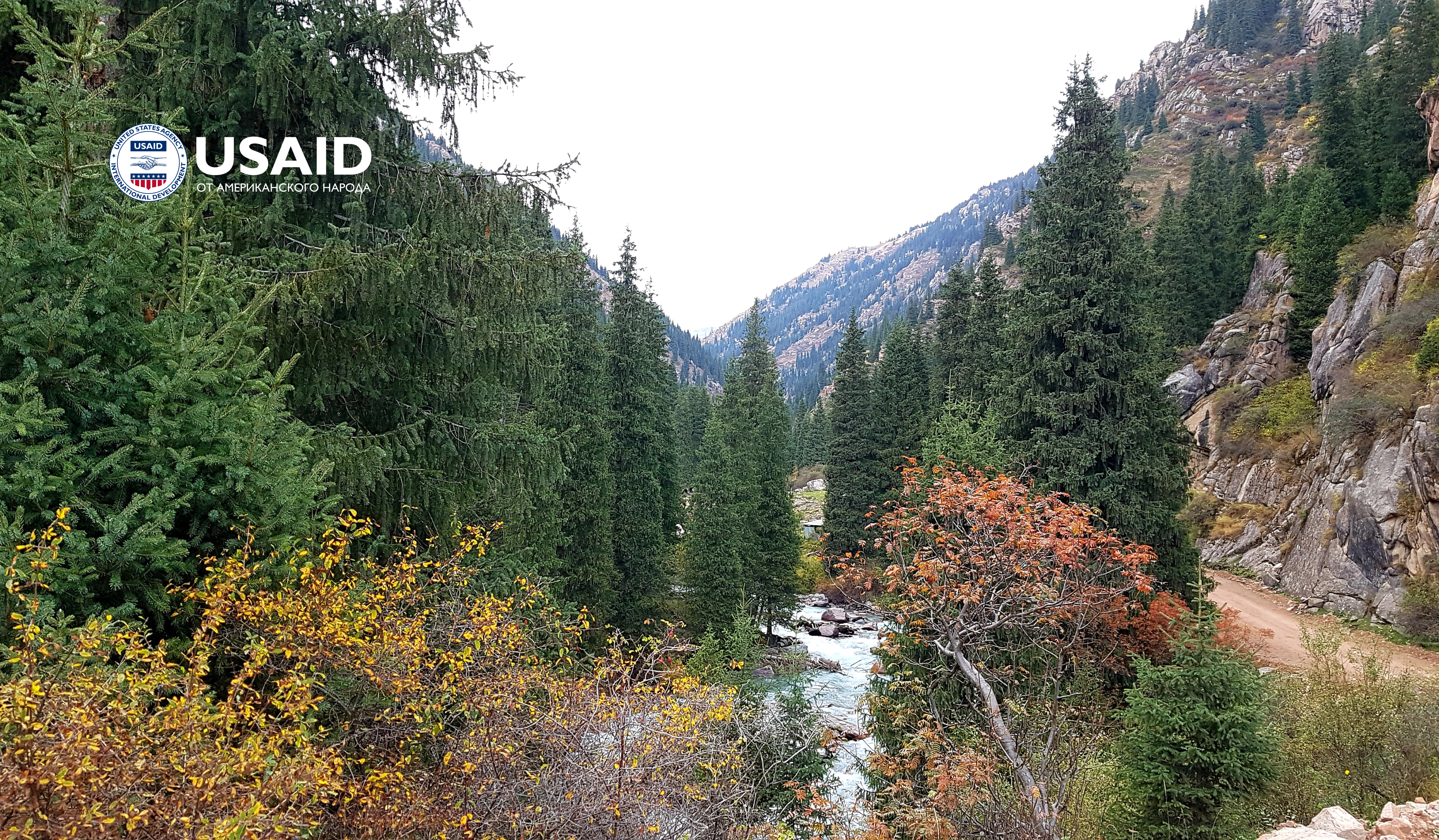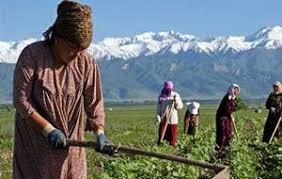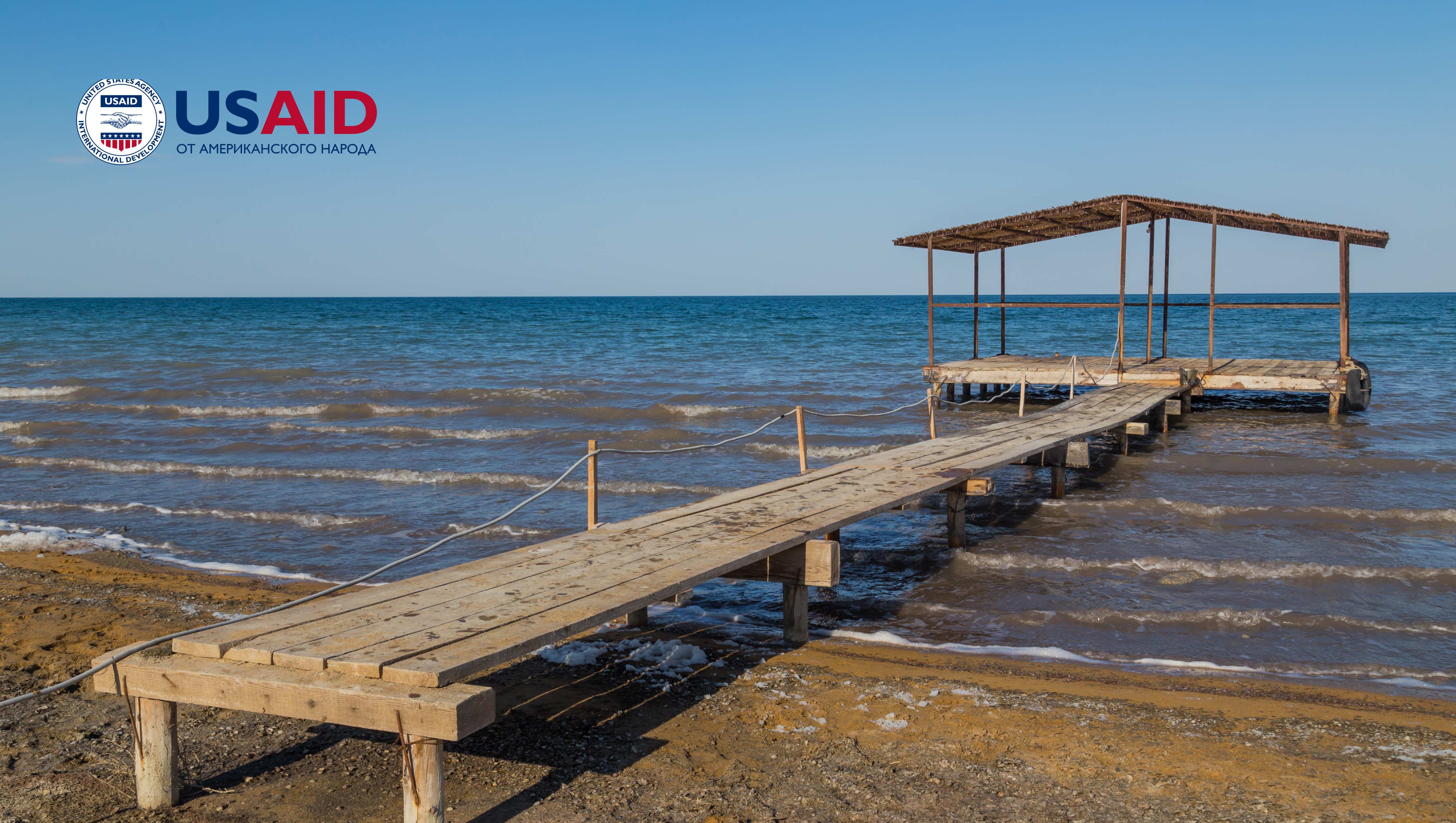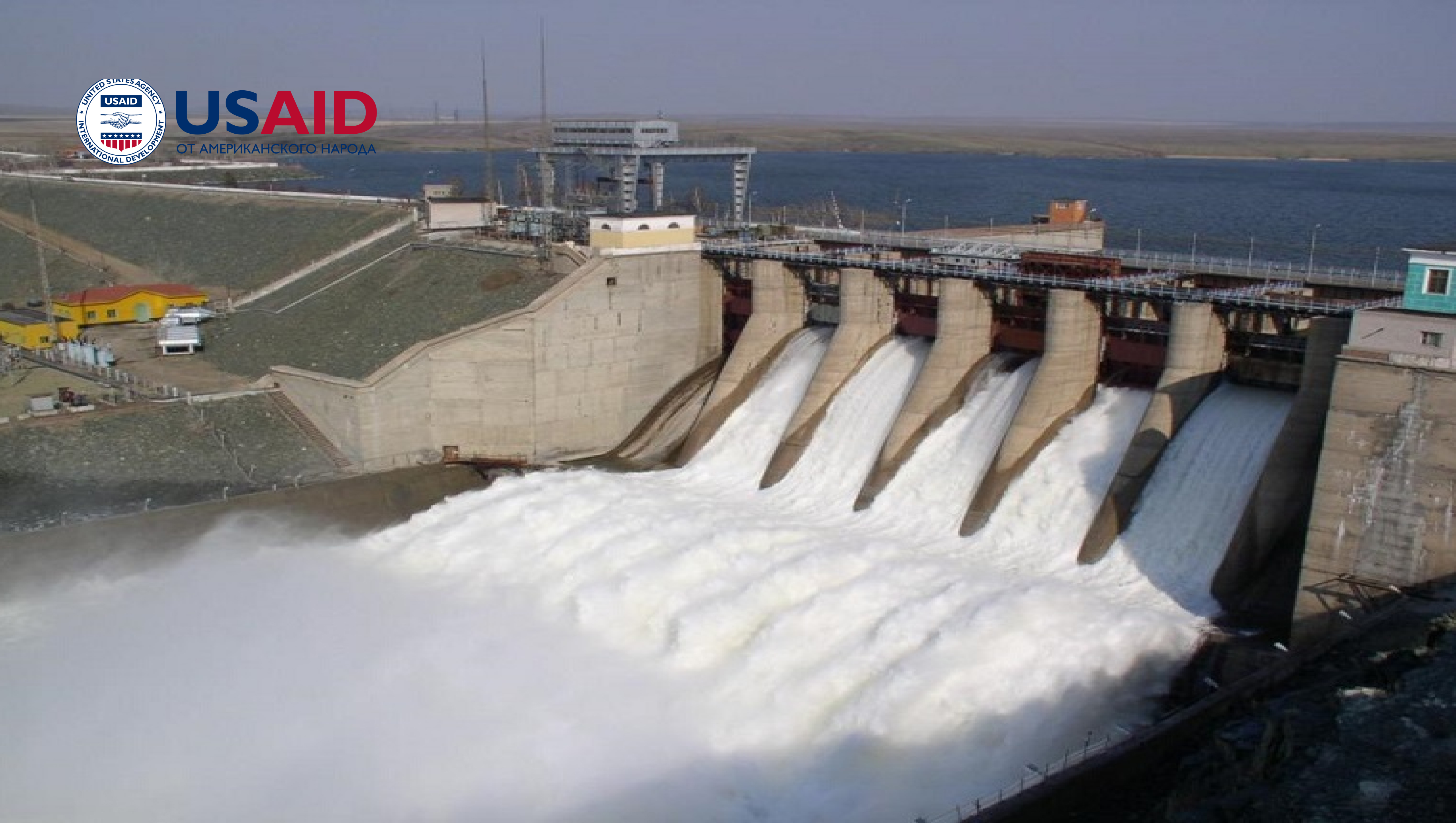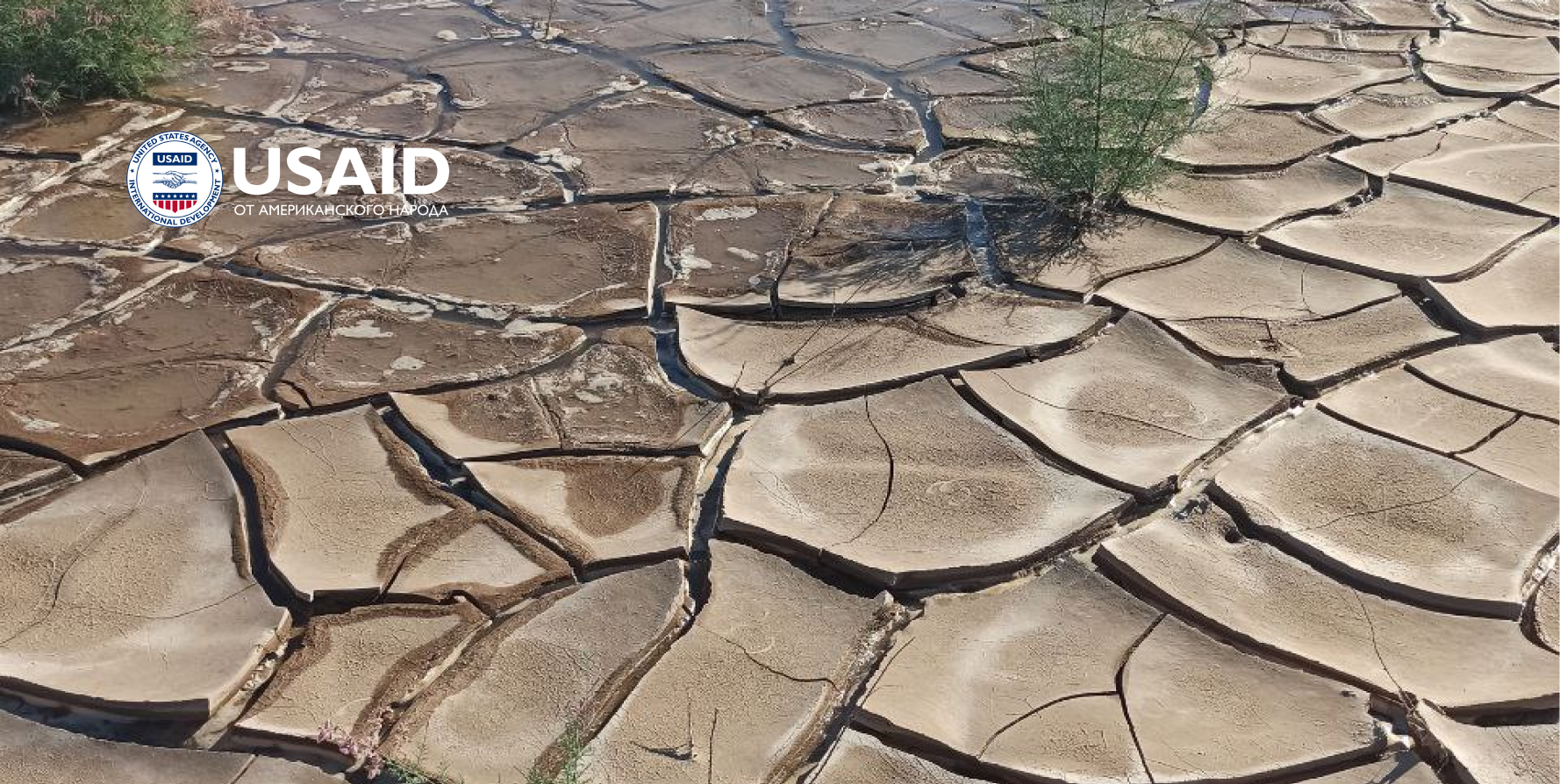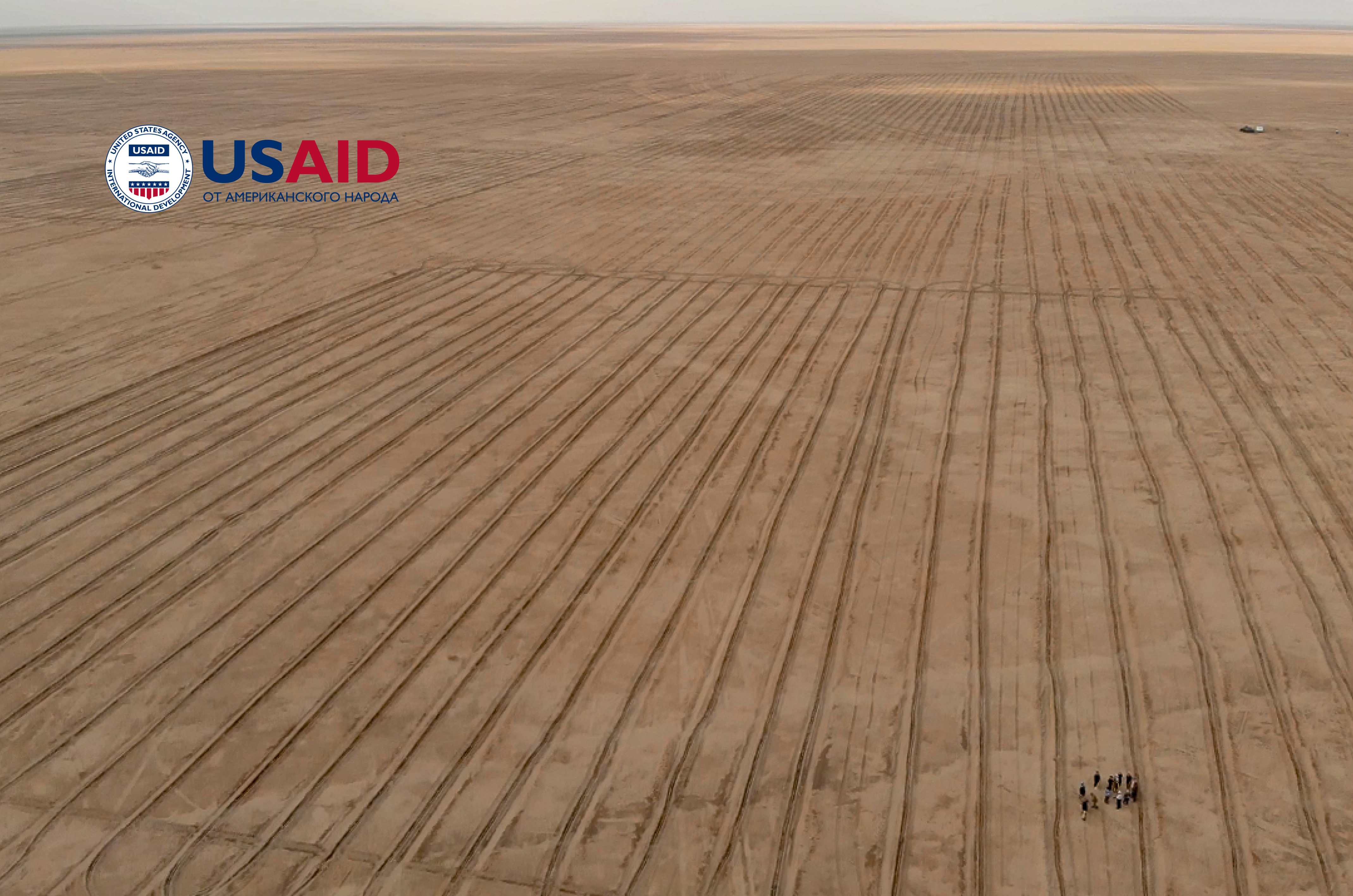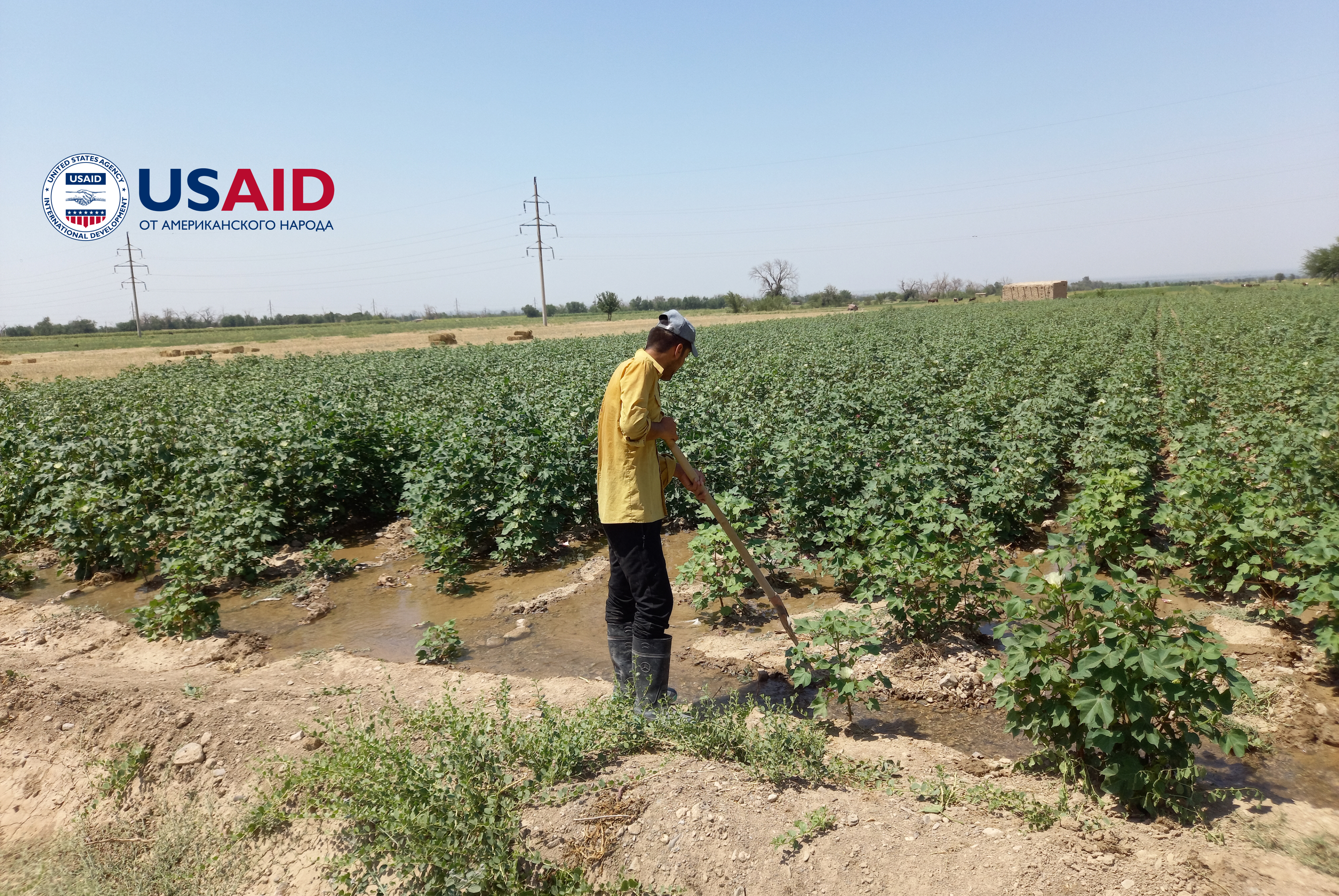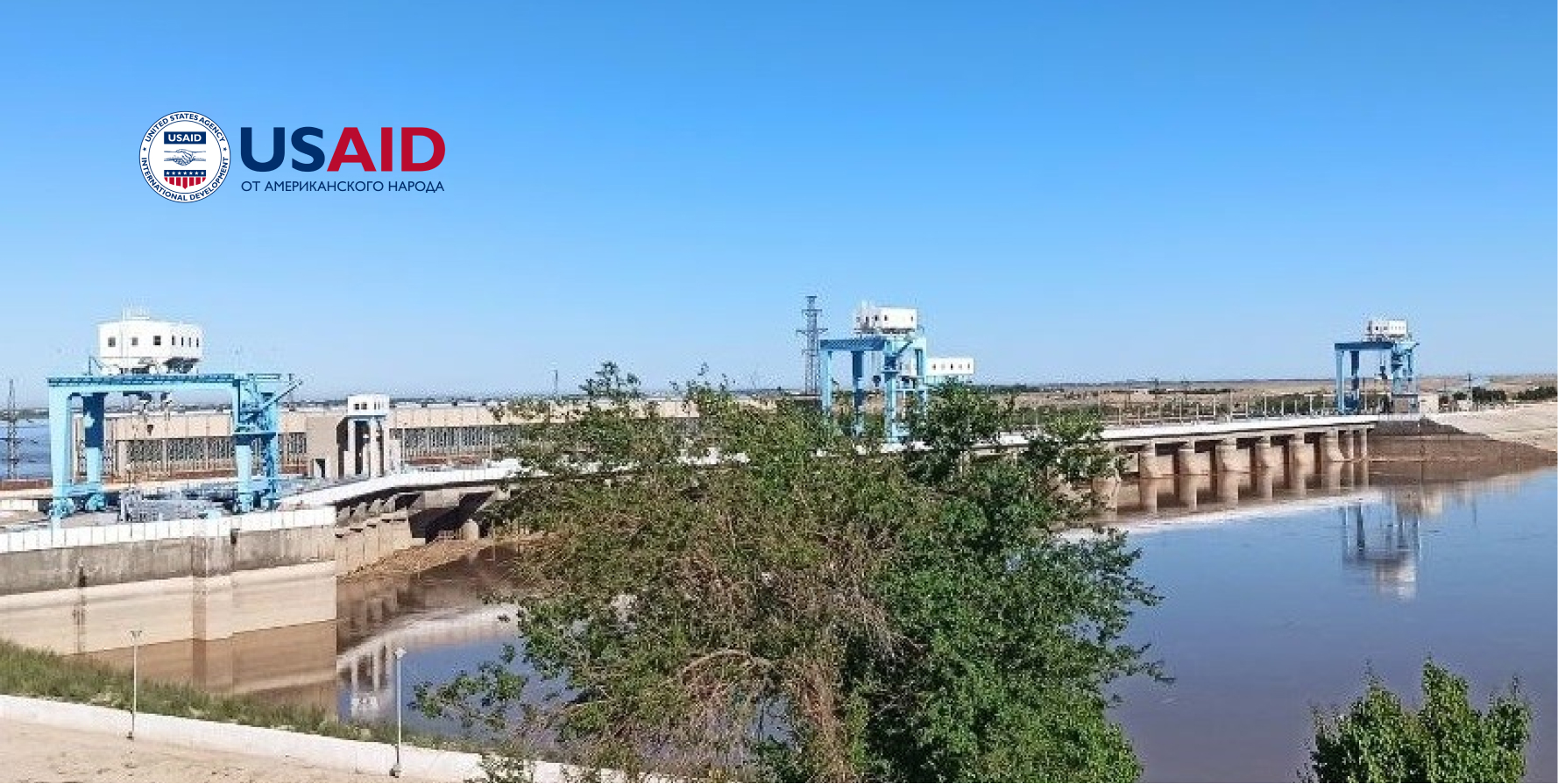riverbp
Community of Practice / Knowledge Hub
Lectures/seminars
Water-Energy-Food-Ecosystems (WEFE) Nexus Lecture: Regulation of Ecological Runoff in Central Asia: The Experience of Kazakhstan and Uzbekistan
Environmental flow in Central Asia is becoming an increasingly relevant topic in light of the challenges faced in the region. Agricultural activity, industrial pollution, and urbanization growth puts significant pressure on water resources and degrades water quality. In response to these threats, Central Asian countries are developing comprehensive approaches to water resource management, placing greater emphasis on ecosystem protection and regulation of environmental flows.
Water-Energy-Food-Ecosystems (WEFE) Nexus Lecture: Development of agricultural clusters in Central Asia
In recent years, cluster development in agriculture has been actively introduced in Central Asian countries. This approach involves the creation of integrated systems that bring together farmers, agro-producers, suppliers, and exporters to improve the efficiency and sustainability of agricultural processes.
Water-Energy-Food-Ecosystems (WEFE) Nexus Lecture: The development of cooperation at the Basin level in Central Asia
Under ongoing water reforms in the region, Central Asian governments are establishing different types and scales of basin management structures, such as basin management organizations and basin councils. However, given that these are relatively new structures, not all the roles and responsibilities are clearly identified and understood and there is a strong need to continue capacity building for governmental employees and the persons comprising these newly established structures.
Water-Energy-Food-Ecosystems (WEFE) Nexus Lecture: The role of Communities of Practice in advancing WEFE-Nexus Implementation
USAID’s WEFE Nexus lecture 24 is being held in cooperation with the WEFE4MED community and will focus on the role that CoPs can play in relation to advancing social learning and WEFE Nexus implementation. The lecture will address some of the learning theory that supports the CoP concept and discuss some practical examples of GWP-supported CoPs, as well as experiences and lessons from the WEFE4MED Community.
Water-Energy-Food-Ecosystems (WEFE) Nexus Lecture: Financial and economic instruments to support small basin councils in the implementation of the basin plans
Today, basin councils are considered a crucial component of integrated water resources management. However, to exercise their authority and enable plan implementation, small basin councils require institutional and financial support.
Water-Energy-Food-Ecosystems (WEFE) Nexus Lecture: Mechanisms of water and energy cooperation: International experience and opportunities for Central Asia
Research from Central Asia and beyond the region reveals significant opportunities for improving cooperation on water and energy. For example, a water and energy consortium could be a mechanism for cooperation to bring together the interests of all countries in the region. There are also many successful examples of water and energy mechanisms in the world, which can be used to inspire the creation of sustainable cooperation mechanisms relevant to Central Asia.
Water-Energy-Food-Ecosystems (WEFE) Nexus Lecture: Turning challenges into opportunities: Commercial uses for silt removed from reservoirs in Central Asia: Cases of Tuyamuyun and Tallimarjan reservoirs
Siltation has a significant impact on the productivity and storage capacity of reservoirs. Experts estimate the global volume of reservoirs declines almost one percent per year due to sedimentation. However, the sediment that accumulates in reservoirs has social and economic value. For agriculture, sediment can be added to soil to increase moisture retention. For construction, sediment can replace diminishing global supplies of sand to build concrete foundations.
Water-Energy-Food-Ecosystems (WEFE) Nexus Lecture: Mechanisms for increasing carbon sequestration for ecosystem restoration
In recent years, the Voluntary Carbon Market has become a popular topic in Central Asia, as the program heralds some promise for farmers and environmental groups alike. While farmers can generate additional income, environmental groups appreciate the convenient way for industry to reduce its carbon emissions.
Round table on smart agriculture: technologies and and benefits for Central Asia
Climate change issues are becoming increasingly relevant in the countries of Central Asia, negatively affecting the countries’ economy, in particular, the agricultural sector. The decrease in irrigation water supply in the Aral Sea basin and the unfavorable environmental situation in the region are causing significant annual losses in the quality and quantity of many economically valuable agricultural crops.
Water-Energy-Food-Ecosystems (WEFE) Nexus Lecture: Safety of hydrotechnical facilities in Central Asia
The future of Central Asia will be largely influenced by the rational and coordinated use of water and energy resources. Accordingly, Central Asia’s infrastructure for water delivery and transport will play a key role for supporting livelihood and promoting sustainable use. To strengthen the water management complex in Central Asia, countries are devoting significant effort and money to designing new hydrotechnical structures and developing long-term plans hydropower, irrigation and water management. More than 100 large dams and thousands of small low-pressure hydraulic structures now operate in Central Asia, each one contributing to the long-term and seasonal regulation of river flow, serving agricultural and industrial needs for water (and electricity), and meeting the social, safety and economic needs of communities.
Items 1 - 10 of 24
First | Prev. | 1 2 3 | Next | Last
